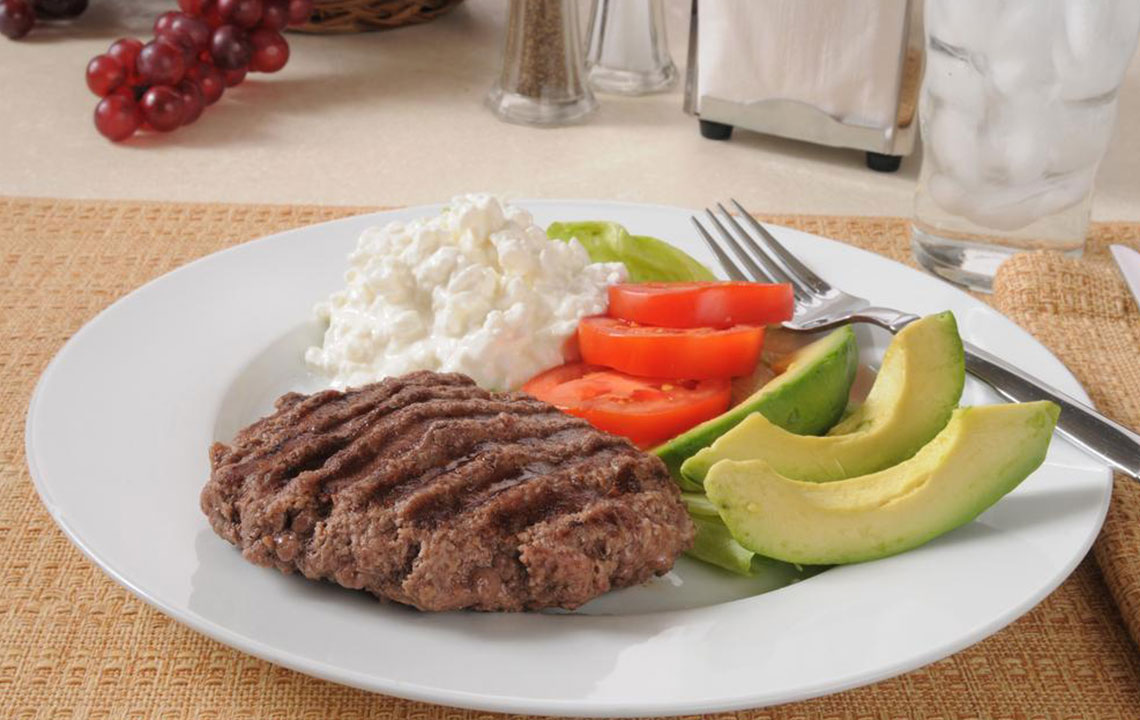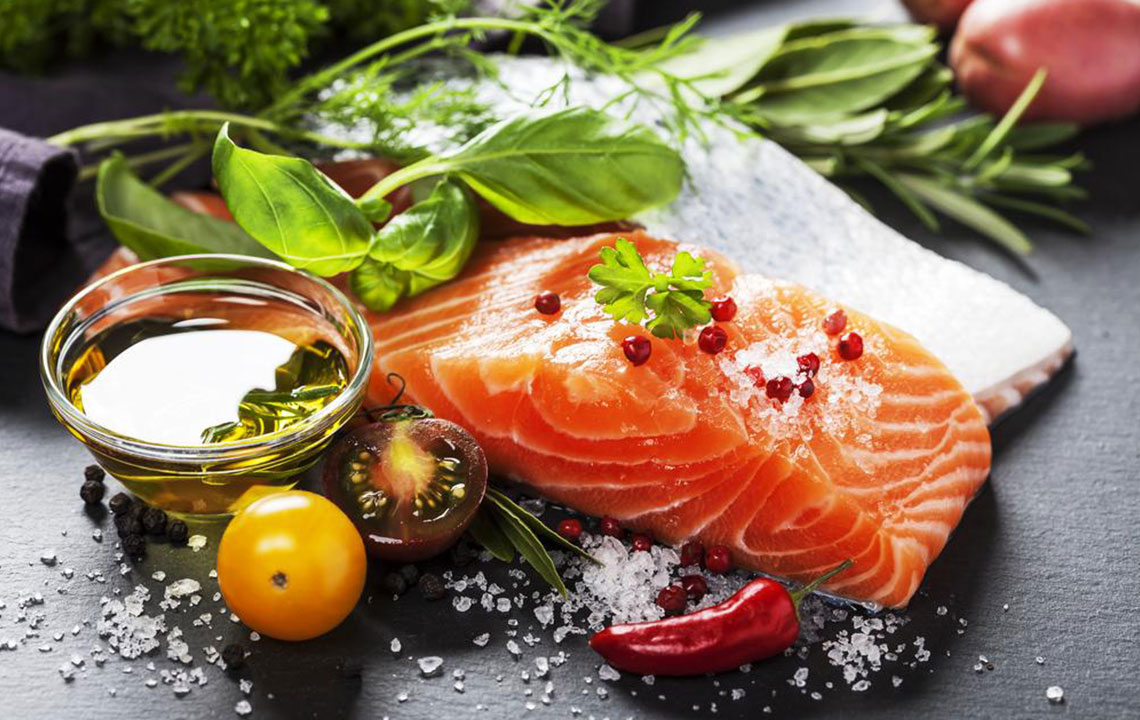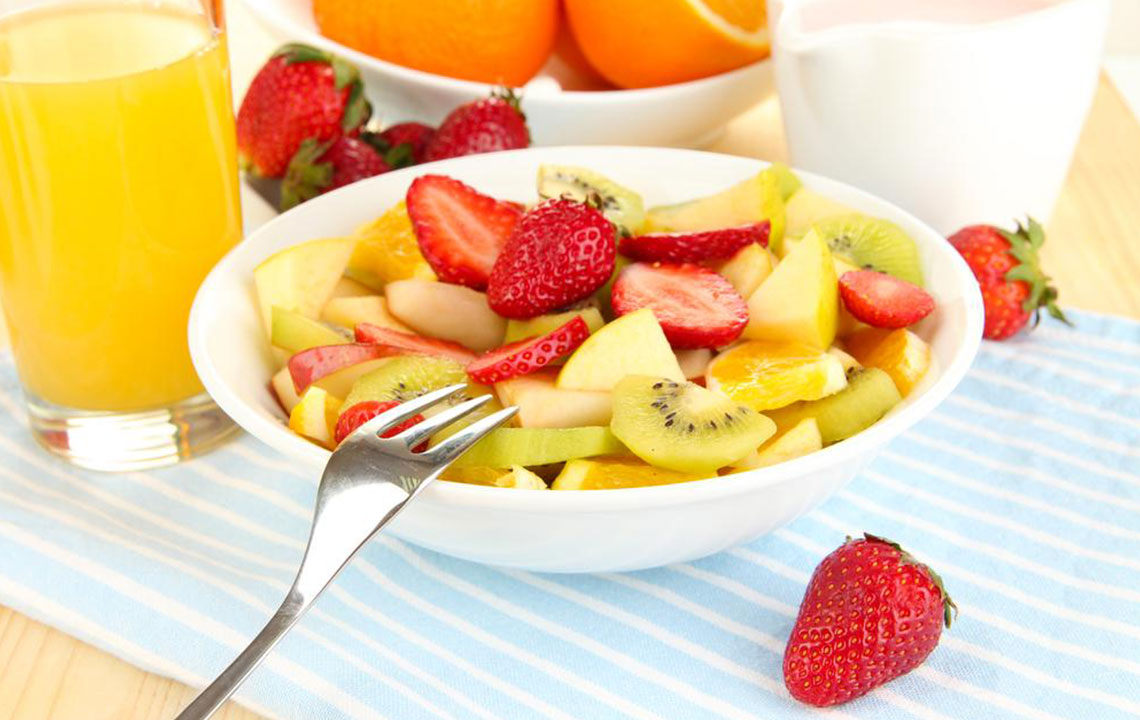Comprehensive Guide to Foods that Help Reduce Belly Fat and Promote a Healthier Waistline
Learn about essential dietary adjustments to reduce belly fat effectively. This comprehensive guide details foods to avoid, including sugars, refined carbs, trans fats, and excessive alcohol, while highlighting the importance of protein and fiber for a healthier waistline. Adopting these strategies can help you achieve sustainable weight loss, improve metabolic health, and maintain a toned abdomen. By making informed food choices and embracing a balanced lifestyle, you can transform your health and wellbeing for the better.

Essential Foods to Avoid for Effective Belly Fat Loss
Maintaining a healthy waistline is a key aspect of overall wellness, yet many individuals struggle with reducing excess belly fat. An enlarged waistline—more than 40 inches in men and over 35 inches in women—is often a sign of underlying health issues such as obesity, cardiovascular disease, type 2 diabetes, and metabolic syndrome. Addressing belly fat requires a multifaceted approach, with dietary adjustments playing a vital role. Understanding which foods to limit or eliminate from your diet can significantly aid in achieving and maintaining a flatter stomach and a healthier body.
This comprehensive guide explores the foods to avoid and the best dietary practices to promote belly fat reduction, improve metabolic health, and support long-term wellness. By making conscious food choices, you can accelerate your weight loss journey and develop sustainable habits.
Cut Down on Sugar to Combat Belly Fat
Excessive intake of sugar, particularly refined sugars and fructose, is one of the primary contributors to abdominal fat accumulation. Sugar overload overwhelms the liver, leading to increased fat production and storage around the abdominal organs and beneath the skin’s surface. Consuming sugary beverages such as sodas, energy drinks, sports drinks, and processed fruit juices significantly raises the risk of obesity and belly fat. Children and teenagers are particularly vulnerable to the adverse effects of sugary foods and drinks, which can set the stage for long-term health problems.
To effectively target belly fat, it’s crucial to eliminate or drastically reduce consumption of sweetness in your diet. Replace sugary drinks with water, herbal teas, or infused water with fresh fruits. Avoid candies, baked goods, cookies, pastries, and frozen yogurts loaded with added sugars. Opt for unsweetened or minimally sweetened alternatives whenever possible. Emphasizing whole, unprocessed foods helps regulate blood sugar levels, control cravings, and prevent fat storage around the waist.
Limit Carbohydrate Intake for Better Fat Loss
Refined carbohydrates are another dietary culprit behind stubborn belly fat. White bread, white rice, pasta made from refined flour, and sugary snacks cause rapid spikes in blood glucose and insulin levels, promoting fat storage and increased appetite. Reducing intake of these foods can help suppress hunger, stabilize blood sugar, and support weight loss efforts. A low-carb diet encourages the body to burn stored fat for energy, targeting abdominal and visceral fat more effectively than high-carb diets.
Focus on consuming whole grains, vegetables, and legumes, which provide complex carbs with a slower digestion rate, keeping you fuller longer. Incorporating healthy fats and moderate protein can further enhance the fat-burning process. By controlling carbohydrate intake and choosing nutrient-dense options, you can reduce overall calorie consumption and promote a leaner waistline.
Moderate Alcohol Consumption to Prevent Fat Gain
Alcoholic beverages are often hidden sources of empty calories that contribute to weight gain, especially around the abdomen. Excessive drinking leads to inflammation, impairs the body’s ability to burn fat efficiently, and increases visceral fat. Moreover, many alcoholic drinks contain added sugars and mixers that heighten calorie intake and promote bloating.
If you’re aiming to reduce belly fat, it’s advisable to limit alcohol consumption to moderate levels—up to one drink a day for women and two for men—and choose lower-calorie options like spirits mixed with soda water or dry wines. Avoid high-sugar cocktails, sweet liqueurs, and beers with high alcohol content. Managing alcohol intake supports your weight loss goals and improves overall metabolic health.
Avoid Trans Fats to Reduce Inflammation and Belly Fat
Trans fats, also known as partially hydrogenated oils, are artificial fats added to processed foods to extend shelf life and improve texture. These unhealthy fats are prevalent in margarine, snack foods, baked goods, and fried foods. Trans fats promote inflammation, insulin resistance, and high cholesterol, all of which are linked to increased abdominal fat and cardiovascular disease.
To optimize your health and reduce belly fat, it’s essential to avoid trans fats by reading food labels carefully and steering clear of products containing partially hydrogenated oils. Instead, opt for healthier fats found in nuts, seeds, avocados, and olive oil. Eliminating trans fats from your diet can have profound benefits for both fat loss and overall health.
Prioritize Protein to Control Hunger and Boost Metabolism
Adequate protein intake is crucial for effective weight management and belly fat reduction. Protein helps regulate appetite by increasing feelings of fullness and reducing the desire to snack between meals. It also boosts metabolic rate due to its thermic effect — the energy the body uses to digest and process nutrients.
Consuming lean sources of protein such as chicken, fish, eggs, legumes, and dairy supports muscle preservation during weight loss and prevents the decline in metabolic rate that often accompanies dieting. Balancing your meals with sufficient protein can help control cravings, prevent overeating, and promote a leaner, more toned waistline over time.
Incorporate Fiber-Rich Foods for Better Digestion and Satiety
Dietary fiber, particularly soluble fiber, plays a vital role in reducing belly fat. Fiber-rich foods help you feel full longer, decrease calorie absorption, and support healthy digestion. Soluble fiber binds to fats and sugars in the digestive tract, slowing their absorption and helping to regulate blood glucose and cholesterol levels.
Whole grains like oats, brown rice, and quinoa, as well as legumes, fruits, and vegetables, are excellent sources of dietary fiber. These foods promote satiety, prevent overeating, and support gut health. By increasing your fiber intake, you facilitate better weight management and reduce the likelihood of abdominal fat accumulation.
Conclusion: Developing a Belly Fat Reduction Strategy
Reducing belly fat involves a comprehensive approach centered around dietary modifications, physical activity, and lifestyle changes. Identifying and avoiding foods that contribute to fat accumulation—such as refined sugars, refined carbs, trans fats, and excessive alcohol—are fundamental steps. Emphasizing protein, fiber, and healthy fats in your diet will enhance your efforts and promote sustainable results.
Combine these dietary habits with regular exercise, stress management, and adequate sleep to optimize your belly fat reduction journey. Remember, consistency and patience are key. Embracing a balanced lifestyle not only helps you achieve your desired waistline but also improves your overall health and well-being for the long term.





